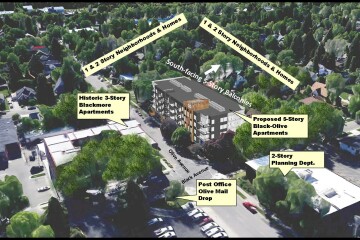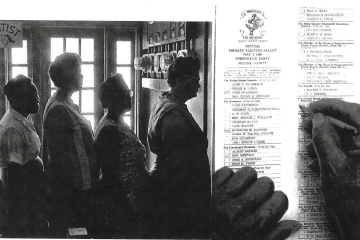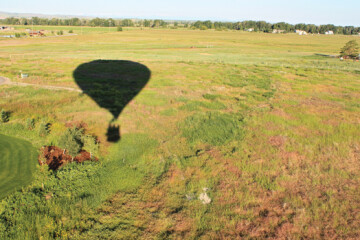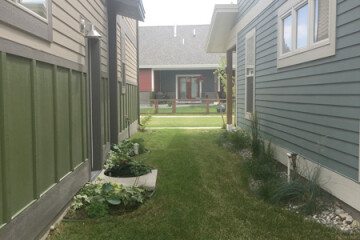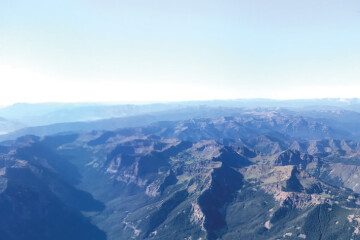Protecting and Preserving the Gallatin Valley Aquifer
There is only one aquifer serving the Gallatin Valley. The population of the Gallatin County is expanding at a rapid rate, which will put a severe strain on our most valuable natural resource, water. Rural valley inhabitants, along with many city and county residents depend on the Gallatin Valley Aquifer (GVA) to supply their daily potable water requirements. Currently there are not enough sources of water to sustain the growth of Gallatin County residents should our aquifer water table be depleted. Should the city of Bozeman, along with the county, continue to grow as predicted then additional water requirements and droughts, have the potential to deplete the aquifer. If the city of Bozeman should ever decide to use the GVA as a source of potable water, you may see impacts to your potable water source, or have to assume the financial burden of deepening your well. If the city then continues to draw down/deplete the aquifer then the future of the Gallatin Valley could be in serious jeopardy.
The Gallatin Valley Aquifer Preservation Coalition (GVAPC) is a non-profit organization that was formed to protect our aquifer. We are engaging home and landowners, developers, County Commissioners, and state and local officials to ensure that the growth the Gallatin Valley, including water availability, will occur on a sensible, reasonable, and scientifically sound basis to the benefit of all residents.
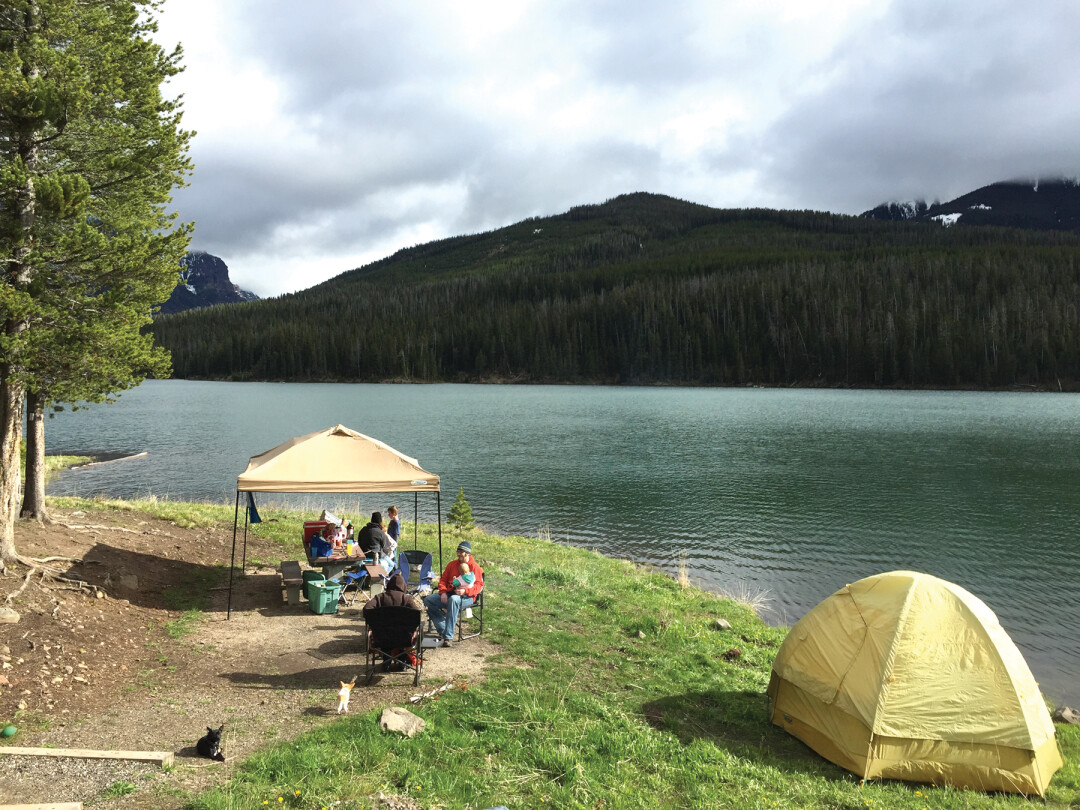
Gallatin County has numerous recommendations and restrictions in place regarding development. The Hyalite Development Plan (HDP) and the Hyalite Zoning Regulation (HZR), were put in place to allow development on a sensible, practical basis without putting an undue stain on natural resources, such as water. For example, the first stated goal of the HDP is to Preserve the Rural Atmosphere. The second goal is to Provide for the protection of Existing Agricultural Pursuits. The 10th goal is to Provide for the Orderly Growth of Agricultural Pursuits. When land is zoned for one home every 5 acres on 113 acres and then modified to allow 49 homes on the same acreage then the original goals are not in keeping with scientifically sound water use and other development related issues. In addition, the 4th stated goal of the HDP is to Preserve Views and the 8th goal of the HZR is to Protect Scenic Qualities, Fresh Air, Groundwater, and Open Space. The 9th goal of the HDP and the 6th stated purpose of the HZR is to Facilitate the Adequate Provision of Transportation, Water, Sewage, Parks, and other Public Requirements. When concessions are granted that replace low-density developments with high-density projects then the potential exists for the natural resources, such as water, to be depleted to the detriment of all citizens of the Gallatin Valley.
One major use that has the potential to impact water use is modification of existing zoning regulations to allow high-density developments on land originally zoned for low-density and aimed at preserving the rural atmosphere of the Gallatin Valley.
Additionally, allowing developers to establish their own water use specifications is not a practical, sensible, or scientifically sound approach to determining potential water use for any developments. Determining potential water use should include estimated number of residents per home based on number of bedrooms and bathrooms planned rather than on data from areas where single family dwellings are more predominant.
The potential impact of nitrate concentrations are another example of potential detrimental affects that need close study prior to allowing additional high-density home developments in areas originally zoned for low-density projects.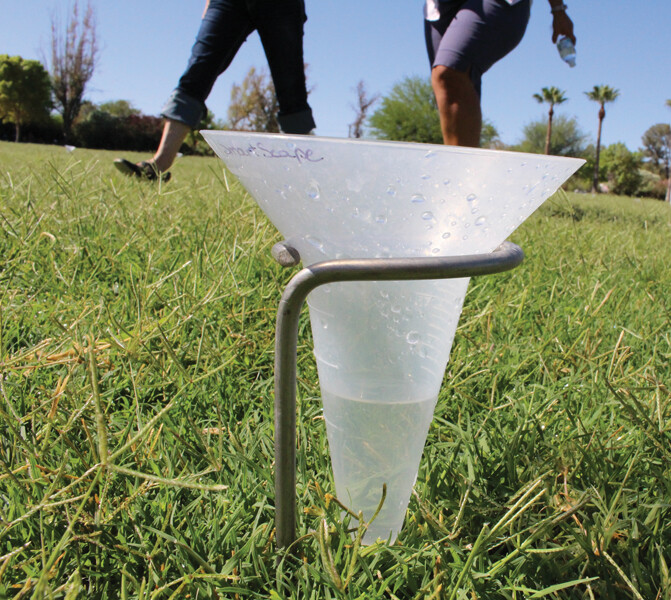
Individual homeowners in the Hyalite area have already had to re-drill individual wells to deeper depths to obtain potable water. The cost of a new well in the Hyalite area, depending upon depth drilled, is approximately $12,000.00, plus any costs associated with replacing adjoining infrastructure affected by the re-drilling process. For example, replacing landscaping related issues, e.g., lawns, shrubbery, trees, sprinkler systems, potable and other water distribution systems can be as much as $3,000.00 or more. If the ground water in the Gallatin Valley is not sensibly managed, there is the potential over time to require deeper wells and/or for the GVA to be depleted. Drilling deeper into the aquifer may extend your availability of potable water, however, the deeper you go the more costly the drilling operation, which is a burden that falls on the individual well owner and not the county or the developers.
County Commissioners have approved high-density subdivisions where surrounding landowners believe their concerns have not been adequately addressed. The County Commission essentially allowed developers to write their own specifications for well water use in the valley. GVAPC supports professional independent hydrologists being involved in all phases of the plat development process.
Commissioners should also seek and use input from all concerned parties, including those most likely to be adversely affected by any development.
GVAPC favors sensible and reasonable development. Our mission is to continue to engage the public, County Commissioners, state and county officials, and developers to ensure a fair and equitable solution to the issues associated with growth and aquifer use.
Benjamin Franklin was quoted as saying, “When the well is dry, we all know the worth of water.”
It is the long-term mission of the Gallatin Valley Aquifer Preservation Coalition to ensure that there is water for all those who depend on it in the Gallatin Valley, and that there is sufficient ground water in our aquifer for all future generations.
Please contact me if you are interested in helping us maintain and monitor the aquifer to ensure adequate water and the impact of developments that have the potential to detrimentally affect the GVA in the future.
Ed Kurtz is the President of the GVAPC Gallatin Valley Aquifer Preservation Coalition. He can be reached at gvapc@icloud.com or 406-570-9252
